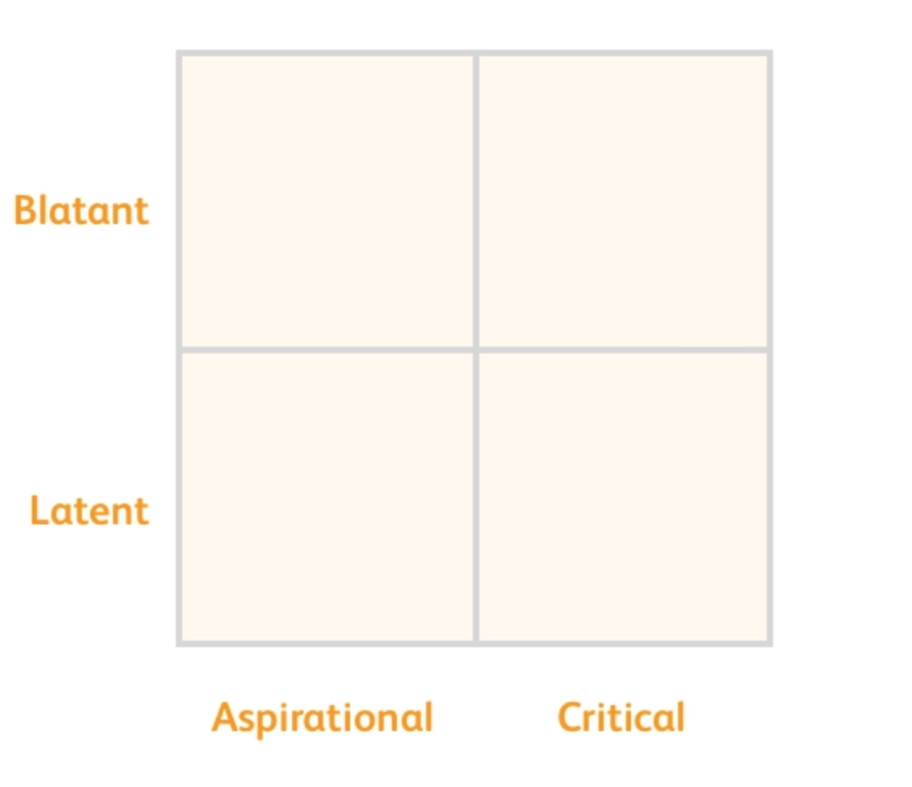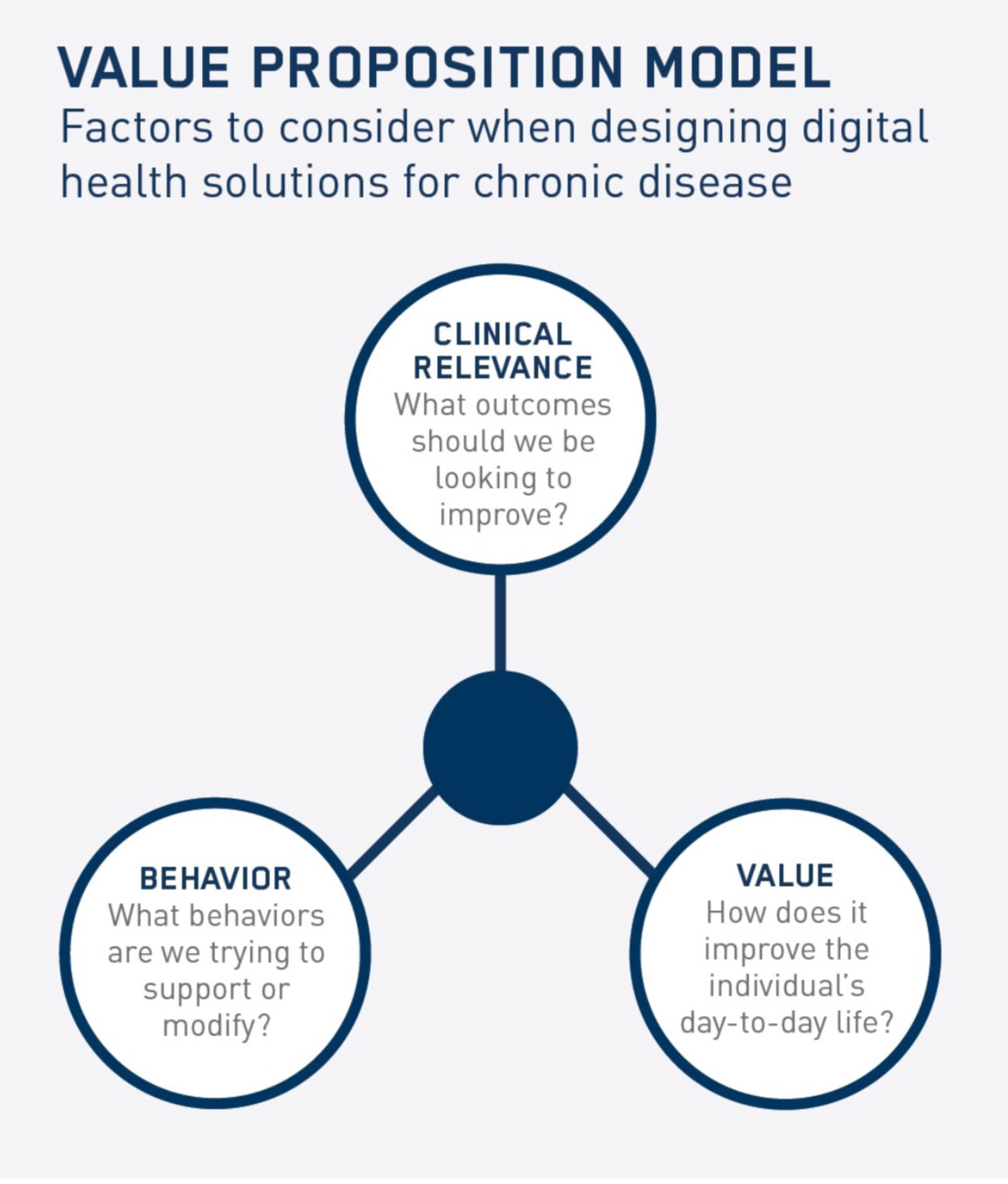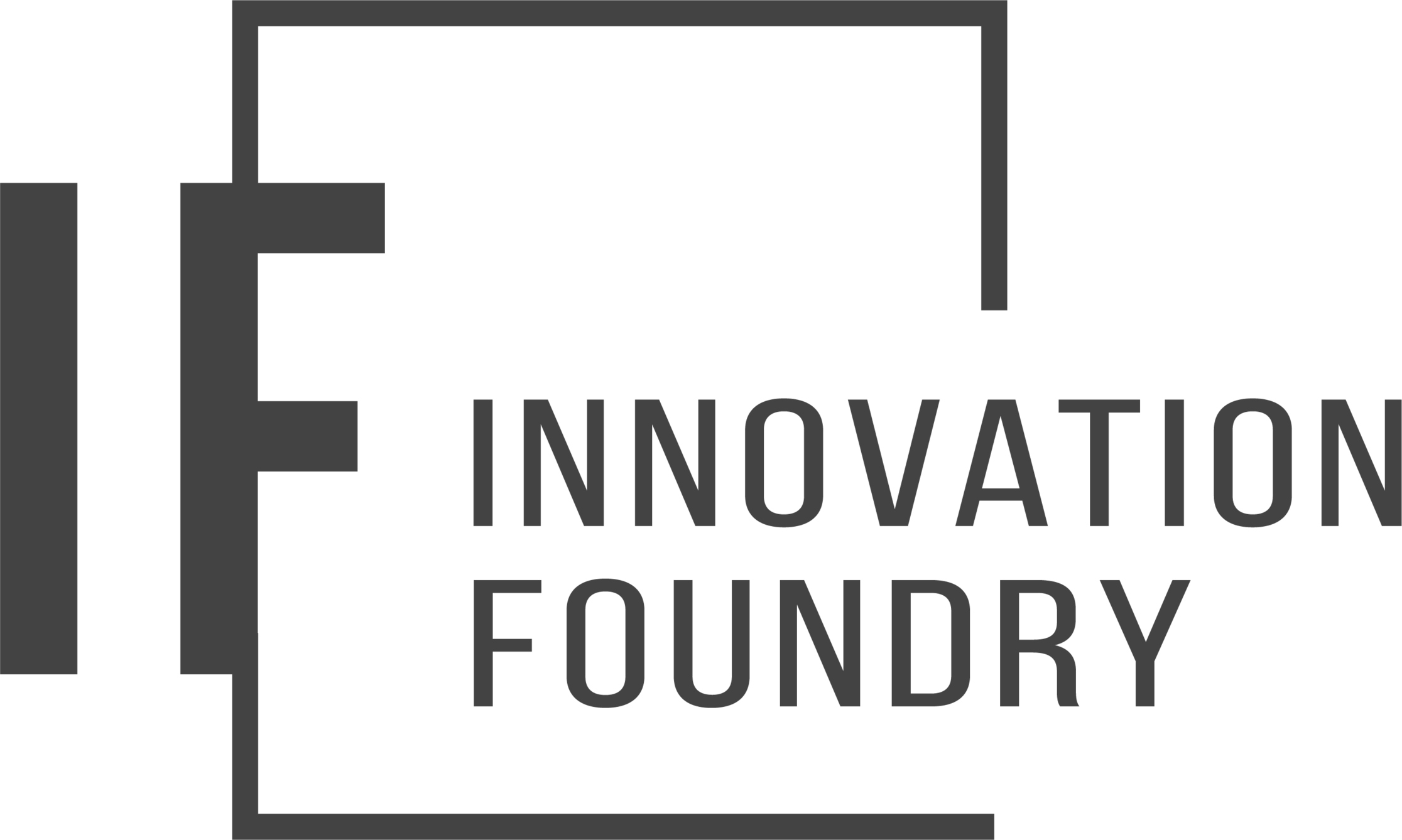
Revolution in The Head: 5 Step Innovation Strategy for Pharma
The emphasis and importance placed on innovation in the pharmaceutical industry has risen dramatically over the last 5 years. Although successful in bringing innovative medicines to the market, it has been much harder to bring that innovation mind-set to other functions of the pharmaceutical industry in the way they communicate with customers, augment a medicines value proposition and utilise innovative technology to improve both clinical and patient outcomes. This however is changing fast.
With our Innovation Lab we have built a simple set of 5 foundations that form our framework for implementing a successful innovation strategy. It is probably no surprise that they are a mixture of philosophy, structure and process:
1. Define Innovation and Build a Charter
Innovation is about creating greater value by improving something or creating a new way of working. This could be a new service, solution or process. Equally, it could be an improvement to the way we communicate or the product itself. At the heart of it is something that brings greater value to the customer, user or organisation (either commercially or as a support). Too many people get distracted with technology itself being the innovation, when actual innovation can come from almost anywhere so long as it results in an improvement. The important step however, whatever the definition, is to agree this across the team.
Once this definition is agreed it is important to construct an Innovation Charter. This essentially forms the guiding principles and enables a focus on solving the problems that form the validated remit of the group, rather than chasing new technology or losing focus with scope creep. Ultimately the Charter outlines the philosophy and the aspirations of the group, supported and agreed to by a senior leadership sponsor who commits to specific support at a leadership level.
2. Understand the different types of innovation
It is essential that the team understand the types of innovation as it enables a much broader approach to solving problems. People have misconceptions about innovation that can stifle progress by always focussing on large, dramatic changes rather than the best way to solve the problem. You can define innovation types into three broad categories:
- Core innovation: This focusses on refining and improving current solutions to unlock new value. This is often overlooked by innovation teams but rather than being bottom of the pecking order, they can bring some of the simplest and most practical solutions. Examples of core innovation can be as simple as changing the meeting etiquette within an organisation, such as Elon Musk attempting to boost productivity at his Tesla Model 3 car plants by recommending people "Walk out of a meeting or drop off a call as soon as it is obvious you aren't adding value".
- Augmented innovation: This involves the development of new solutions that support a current way of working, product or service. Corporate organisations often perceive this as the definition of innovation strategy. This is because their resources, business processes and cultures are setup in a way to enable these types of effort. They are very important as they can often generate the success that inspires and facilitates more ‘disruptive’ solutions. Examples of these innovations within pharma are smartphone applications that support a current medicine by hoping to improve engagement, adherence and ultimately clinical outcomes.
- Disruptive innovation: This is what innovation teams often think of as the definition of innovation but strictly refers to Harvard Business School professor Clayton Christensen’s work whilst researching his PhD that asked the question “why successful firms fail?”. The model has been challenged as a predictor of success and the original blueprint of disruption being to simplify the user experience, lower the cost and reduce the number of features is often not understood. These disruptive forces in theory produce an inferior product or service when launched but are successful because they are significantly more convenient and less expensive. Big Pharma is more likely to be disrupted than to disrupt but if we don’t stick to strict definitions, you can call any solution that is a transformational improvement disruptive.
3. Map the Value Proposition
Mapping a value proposition helps guide and prioritise the development of solutions. It can be done by defining is the new process, product, service or communication has an obvious and immediate value to the target audience. This can be done with a simple matrix:

- Blatant: This is an obvious and immediate need, a problem that is easily recognised, accepted and understood.
- Latent: This is not an obvious need but is rather an underlying problem that people would find real value when introduced to a solution.
- Critical: This is something that the target audience or the organisation has to do, whether they would like to or not. This is a problem that it is imperative a solution is found.
- Aspirational: These are underlying needs that are not critical but would potentially be of real value to people if introduced to them.
This is not about ranking the importance of a value proposition however. Latent/ aspirational solutions can be highly disruptive and transformational such as Uber or Netflix. Blatant/ critical solutions within large organisations, in complex regulated industries such as pharmaceuticals, often drive innovation based on refinement of current solutions. For example, a critical/ blatant issue for the Pharma industry is clinical trials, something that has be done to bring a medicine to market. Innovation has focussed on core or augmenting the current process; social media being utilised for recruitment, real world patient outcomes replacing or supporting clinical endpoints or using smartphone and wearable technology to improve trial engagement and expand data collection, as obvious examples. It may take an outsider or a new kind of pharmaceutical company to challenge the very structure and nature of the phased clinical trial process altogether. Disrupting the licensing of medicines, what constitutes a medicine and how it is accessed and delivered to patients-including how it is paid for. That is why it is hard for large industries to disrupt themselves.
4. Implement the Right Strategic Process

People can instinctively believe that process hinders innovation. In reality, innovation needs a framework for development. It is important to utilise the right strategic models for the task at hand. For example, we utilise a model that enables the development of a strategic focus for any proposed solution. This enables the overlay of the strategic organisational objectives with the external landscape and the end user needs. If the solution meets the organisation’s needs, is differentiated in the competitor landscape and is a solution of real value to the user, you have a strategic focus. When appropriate we have specific models such for the development of a value proposition for the design of digital health solutions for chronic disease.
5. Focus on Solving the Original Problem. Search for the Fountain and not the Water-Jar

Perhaps no other figure was as creative as Leonardo da Vinci in so many different fields and he is undoubtedly one of the most innovative men in history. His great gift was to make connections across disciplines and to marry observation and imagination. This capacity to forge innovation from blurring the lines between creativity, art, science and technological innovation was what stood him apart. Although the processes and strategic models are key to implementing innovation strategy, they are the foundation stone and not the answer in themselves. They should enable and encourage new thinking where we can examine the original problem and not simply tinker with previous solutions. As Leonardo himself observed in his notebooks “He who can go to the fountain does not go to the water-jar”. This is why so much of the challenge for those wishing to innovate in a complex political environment like pharmaceuticals need to blend the science, the creativity and the innovation. The biggest innovation is embracing change and the revolution in the head.
This Subject was discussed in the latest Digitally Sick podcast. It featured Faisal Ahmed from FCB, Kai Gait from GSK, Paul Jacobs from LEO Pharma Innovation Lab and is hosted by myself. You can listen by clicking on the logo or search for us on your usual podcast app.

The aim of Foundry3's IF Labs is to make a difference in the world of healthcare through innovation. Get in touch if you work in Pharma and would like to organise a free Innovation Workshop.
Trending
-
1 Mental Health Absences Cost NHS £2 Billion Yearly
Riddhi Doshi -
2 Gut Check: A Short Guide to Digestive Health
Daniel Hall -
3 London's EuroEyes Clinic Recognised as Leader in Cataract Correction
Mihir Gadhvi -
4 4 Innovations in Lab Sample Management Enhancing Research Precision
Emily Newton -
5 The Science Behind Addiction and How Rehabs Can Help
Daniel Hall






Comments